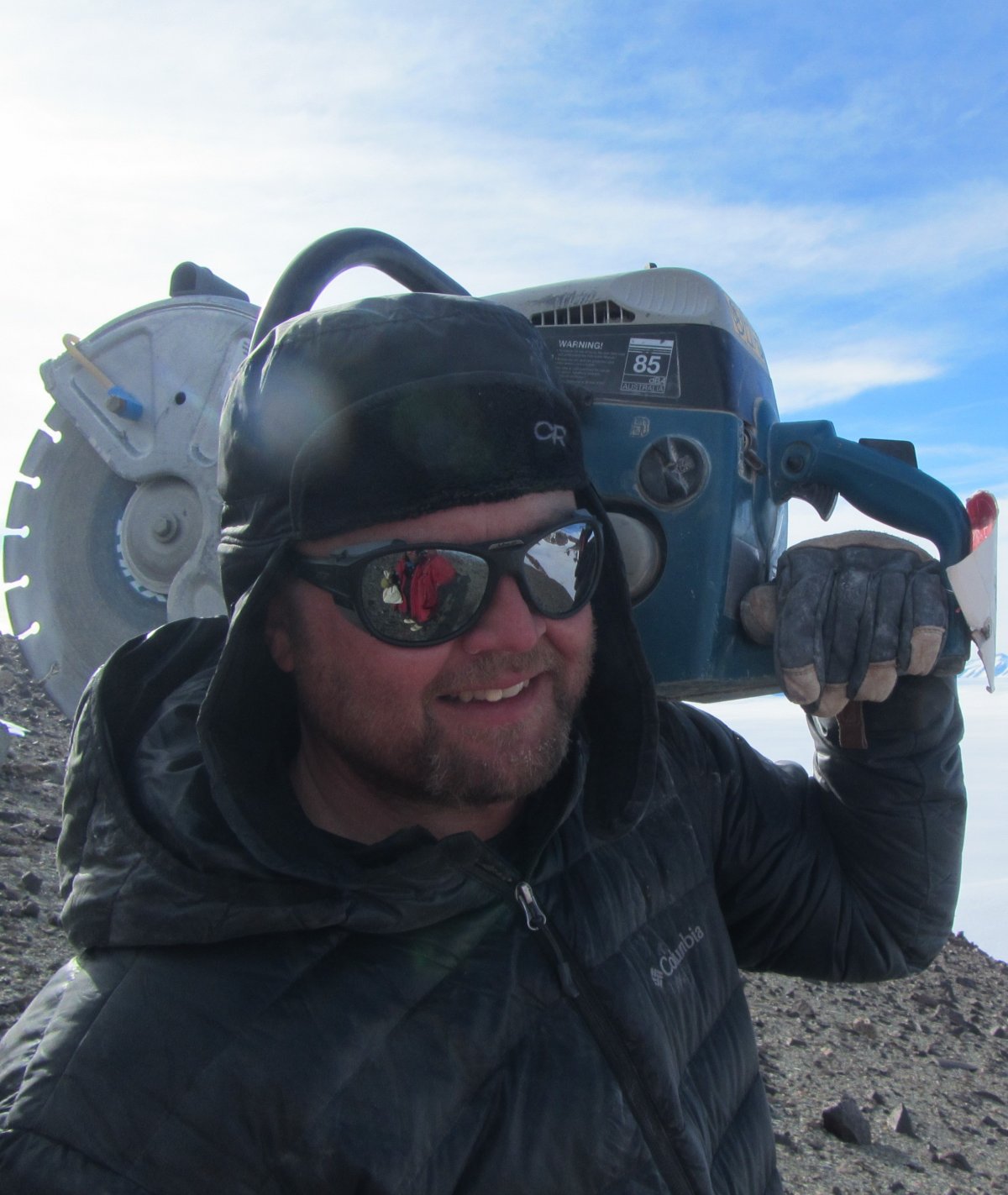
Peter Makovicky
Professor
Contact
385-10 John T. Tate Hall
116 Church Street Se
Minneapolis, MN 55455
Peter Makovicky
Professor

Professor
Contact
385-10 John T. Tate Hall
116 Church Street Se
Minneapolis, MN 55455
Professor
How does morphological variation relate to taxonomic diversity and evolution? I am currently working on projects to understand the diversity and relationships of theropods, including the feathered dinosaurs that give rise to birds; and understanding how anatomical changes during growth affect our understanding of dinosaur evolution and diversity patterns over space and time.
How do novel traits arise, and how do they relate to patterns of diversification and niche expansion? Specific projects include the repeated evolution of herbivory in dinosaurs; and evolution of ‘bizarre’ structures such as the frill in horned dinosaurs.
How did geological events influence the evolution and biogeography of fossil vertebrates? Specific projects include biotic response to mid-Cretaceous sea-level, orogenic, and climate changes in the Western Interior Basin; and evaluating the response of Antarctic vertebrates to the end-Permian extinction event.
Besides the above themes, I have broad interests in all paleontological disciplines and have conducted research in biochronology/ biostratigraphy, trace fossils, biomechanics and modeling body size, growth, and scaling in fossil vertebrates (see Select Publications). I am looking to recruit graduate students broadly interested in vertebrate paleontology and evolution.
I am a paleontologist whose research aims to understand the patterns and processes of macroevolution using the fossil record, with an emphasis on Mesozoic vertebrates. I address these questions with a combination of fieldwork, anatomical studies using character analysis and morphometrics, phylogenetic inference, biogeography, and comparative methods analyses of trait evolution. I principally use dinosaurs as a research model because of the group’s longevity surpassing 150 million years, global distribution, high diversity, and the possession of unique anatomical structures. My fieldwork spans the globe with longstanding, active programs in Argentina, China, Antarctica, as well as the United States.
PhD, 2002, Columbia University